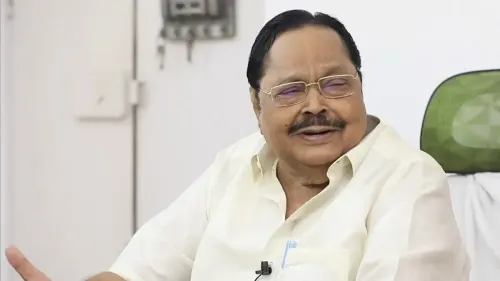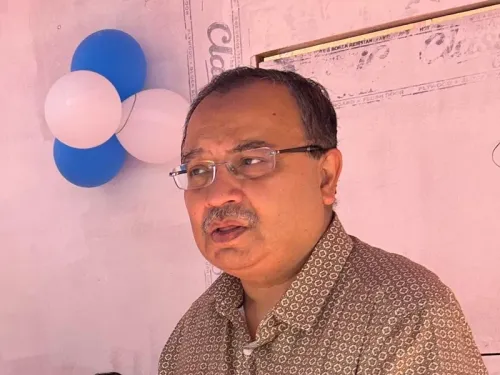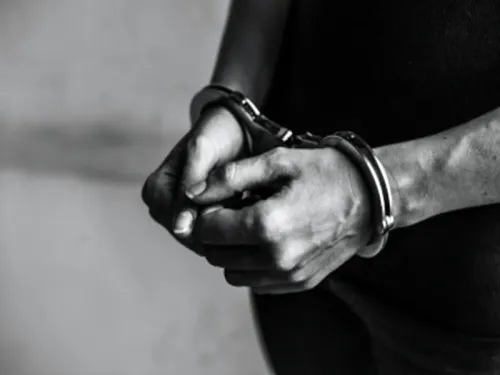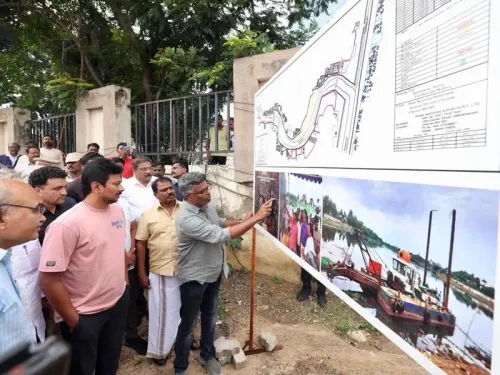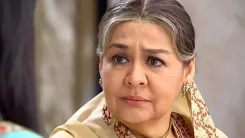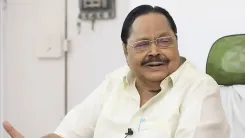Did Ayodhya Deepotsav Set Guinness World Records Amid Political Fireworks?
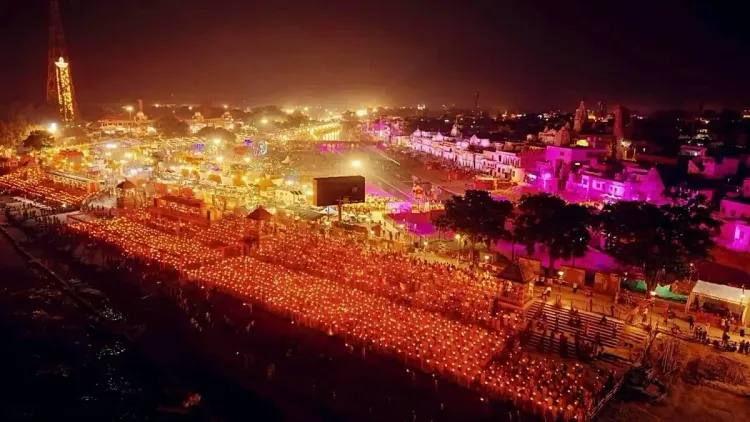
Synopsis
Key Takeaways
- 26.17 lakh diyas illuminated the Saryu River during the Deepotsav.
- Two Guinness World Records were achieved at the event.
- Political leaders engaged in discourse about Ayodhya’s cultural significance.
- The event showcased a vibrant mix of spirituality and cultural celebration.
- Ayodhya's Deepotsav is a symbol of cultural continuity and peace.
Ayodhya, Oct 20 (NationPress) In a spectacular showcase of devotion and national pride, the revered city of Ayodhya commemorated this Diwali with an unprecedented Deepotsav celebration that illuminated the banks of the Saryu River and reignited political tensions across various factions.
The city carved its name in history by achieving two Guinness World Records—26.17 lakh earthen lamps (diyas) brightened the riverbanks, while 2,128 devotees participated in a synchronized aarti, presenting a breathtaking display of spiritual zeal and visual wonder.
A Guinness World Records certificate was officially awarded, highlighting Ayodhya’s rising prominence on the global spiritual landscape. Cabinet Minister Anil Rajbhar praised this achievement as a proud symbol of India’s cultural heritage and spiritual unity during an interview with IANS.
“The entire nation has embraced this celebration,” he expressed. “Deepotsav has taken on a new significance. The government is aligning with the aspirations of the people. Records are being shattered. Witnessing our esteemed seers engage in the aarti was truly awe-inspiring. This Deepawali has adopted a fresh essence, and the country is celebrating,” he remarked to IANS.
When asked about Chief Minister Yogi Adityanath’s pointed comment regarding the opposition’s reverence for Babar but disregard for Lord Ram, Rajbhar was direct. “Tell me, did any administration prior to 2017 treat Ayodhya’s sanctity with such seriousness? Previous chief ministers shied away from visiting Ayodhya, fearing backlash from certain communities. We cannot expect much from such individuals. This government resonates with the sentiments of Ayodhya’s residents.”
In response to Samajwadi Party leader Akhilesh Yadav’s critique of the Deepotsav, Rajbhar dismissed it as stemming from a “foreign mentality,” adding, “They should concentrate on their own party and the imminent elections in Bihar. The Bharatiya Janata Party has nothing to learn from them.”
He emphasized, “Ayodhya has once again showcased to the world the lasting power of faith and tradition. This Deepotsav is more than just a celebration—it conveys a message of peace and cultural continuity.”
Chief Minister Yogi Adityanath, who presided over the grand event, took the opportunity to launch a sharp critique against his political adversaries. “They venerate Babar and neglect Ram,” he proclaimed, contrasting his administration’s cultural revival with what he termed the historical neglect by rival parties.
His remarks were met with enthusiastic applause from the gathered crowd, many of whom perceived the event as a reaffirmation of Ayodhya’s spiritual legacy.
However, the political arena was not devoid of jabs. Akhilesh Yadav targeted the BJP over the noticeable absence of Deputy Chief Minister Keshav Prasad Maurya’s name in the government’s Diwali promotions.
“This time, Deputy CM is out,” he quipped, alluding to potential rifts within the ruling party and questioning the optics of exclusion. Amid the political exchanges, the Deepotsav itself remained an astonishing spectacle.
The synchronized aarti, the radiant array of diyas, and the resonant chants that filled the atmosphere transformed the ghats into a celebration of the divine.

